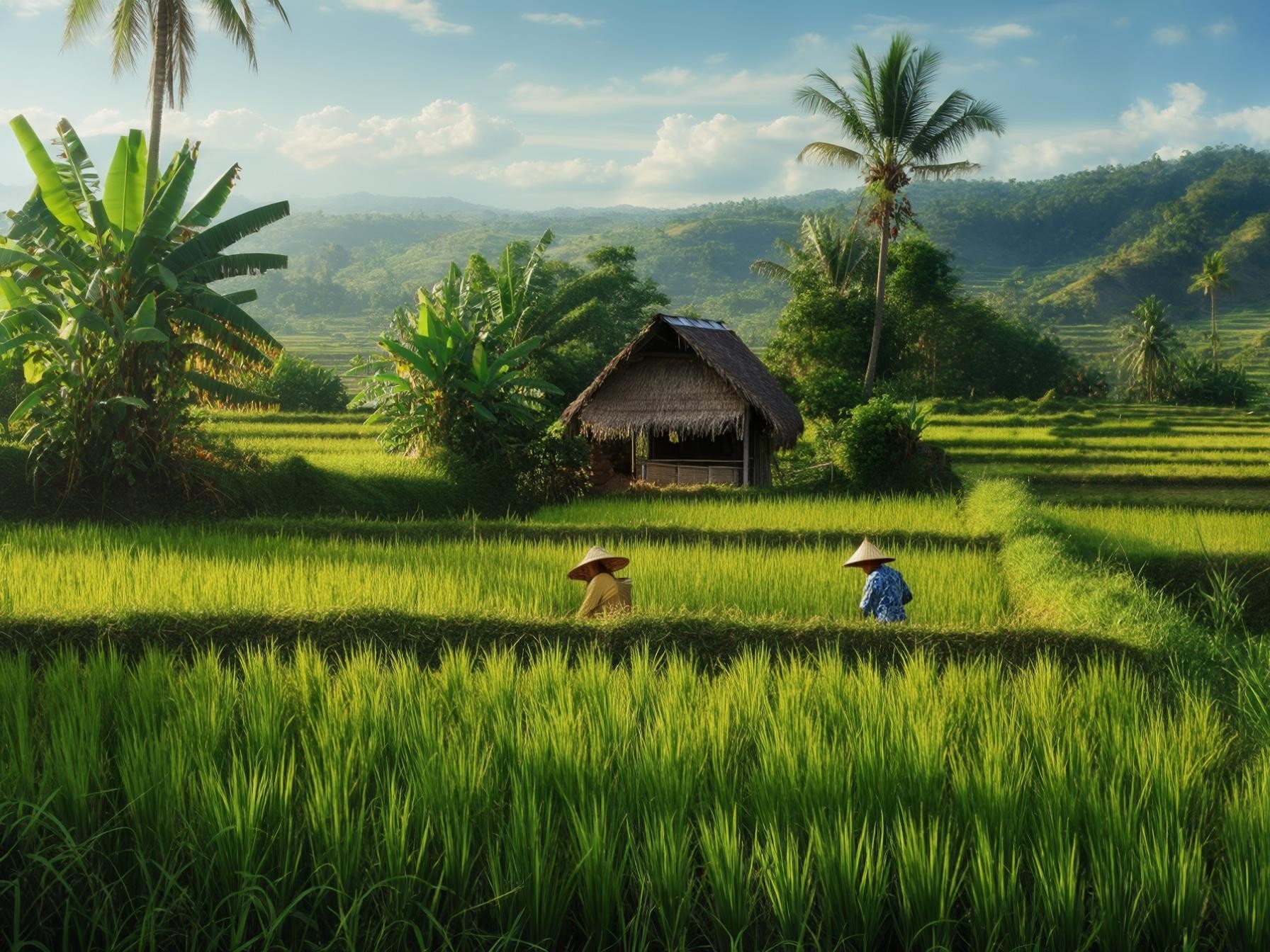The Unique Experience of Jili in Isabela, Philippines

The Philippines is a tapestry of rich cultures, breathtaking landscapes, and delightful culinary experiences. Among its many regional specialties, jili holds a special place, especially in the province of Isabela. This article dives into the nuances of jili, showcasing its significance, preparation methods, and what makes it a must-try dish.
What is Jili?
Jili is a traditional Filipino dish primarily made from glutinous rice and often infused with various flavors, spices, and sometimes, fillings. Its texture is sticky, making it a favorite among those who enjoy a more substantial, chewy dining experience. Jili is often served during special occasions, festivals, and family gatherings, symbolizing unity and tradition.
The Cultural Significance of Jili in Isabela
In Isabela, jili is more than just a dish; it’s a cultural artifact that represents the local heritage. Here’s why jili is significant in this region:
- Tradition: Jili is often prepared during communal events, fostering a sense of togetherness among families and communities.
- Celebration of Local Ingredients: Isabela’s rich agricultural landscape provides ample ingredients, allowing for various iterations of jili.
- Symbolism: The preparation and sharing of jili signify blessings, prosperity, and harmony within the community.
How Jili is Made
Making jili involves several steps, each integral to achieving the perfect dish. Here’s a basic outline of the preparation process:
- Soaking the Rice: The glutinous rice is soaked overnight to enhance its texture.
- Steaming: The soaked rice is then steamed until it becomes sticky and pliable.
- Flavor Infusion: Ingredients such as coconut milk, sugar, and spices are added for flavor.
- Molding: The mixture is shaped into small cakes or balls, often decorated with toppings like grated coconut or nuts.
- Serving: Jili is usually served warm, sometimes with a side of sweet sauce or syrup.
Popular Variations of Jili
While jili has a standard preparation method, various regions in Isabela have their own unique twists. Here are a few popular variations:
- Jili with Ube: Infused with purple yam, adding a distinct color and flavor.
- Savory Jili: Mixed with meats or seafood for a heartier meal.
- Sweet Jili: Topped with sweetened fruits or syrups, perfect for dessert.
Why You Should Try Jili in Isabela
When visiting Isabela, tasting jili is a must for several reasons:
- Authenticity: The jili in Isabela is prepared using traditional methods passed down through generations, offering a genuine taste of Filipino culture.
- Flavor Explosion: Each bite is a delightful combination of sweetness, richness, and unique textures that are hard to find elsewhere.
- Culinary Adventure: Trying jili can enhance your understanding of Filipino cuisine, showcasing its diversity and complexity.
For more insights on jili and its variations, check out this detailed guide on jili.
Frequently Asked Questions about Jili
- What is the main ingredient in jili?
-
The primary ingredient is glutinous rice.
-
Is jili served as a main dish or a dessert?
-
It can be served as both, depending on the preparation.
-
How is jili different from other rice cakes?
-
Jili has a unique texture due to the use of glutinous rice, making it stickier than many other rice cakes.
-
Can jili be made vegan?
-
Yes, jili can be prepared without animal products, using coconut milk for creaminess.
-
What occasions is jili typically served?
-
Jili is often served during celebrations, festivals, and family gatherings.
-
Where can I find authentic jili in Isabela?
-
Local markets and restaurants in Isabela often serve traditional jili.
-
How long does it take to prepare jili?
-
The preparation process can take several hours, especially with soaking and steaming times.
-
Can jili be frozen?
-
Yes, jili can be frozen for later consumption, although the texture may change slightly upon reheating.
-
What are some common toppings for jili?
-
Toppings can include grated coconut, nuts, or sweet sauces.
-
Is jili gluten-free?
- Yes, jili is gluten-free as it uses glutinous rice, which does not contain gluten.

Mag-iwan ng Inquiry sa 49jilis -49jilis.com